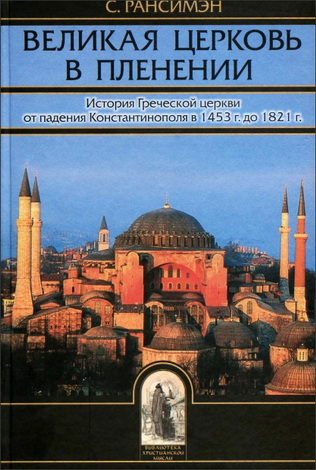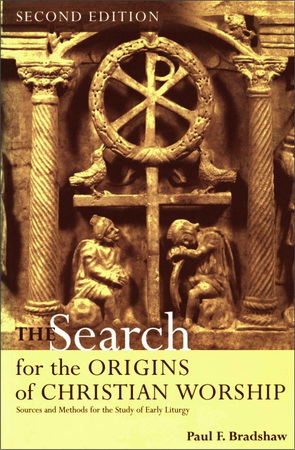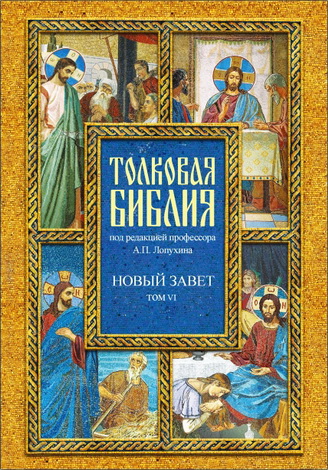
Bradshaw – The Search for the Origins of Christian Worship

It would perhaps be premature to say that a scholarly consensus is emerging, but certainly a growing number of us would now share the following conclusions:
1 That we know much, much less about the liturgical practices of the first three centuries of Christianity than we once thought that we did. A great deal more is shrouded in the mists of time than we formerly imagined, and many of our previous confident assertions about ‘what the early Church did’ now seem more like wishful thinking or the unconscious projections back into ancient times of later practices.
Paul F. Bradshaw – The Search for the Origins of Christian Worship - Sources and Methods for the Study of Early Liturgy
Second Edition
Oxford: University Press, 2002. – 244 p.
ISBN 0-19-521732-2
Paul F. Bradshaw – The Search for the Origins of Christian Worship – Contents
Abbreviations
Preface
- 1. Shifting Scholarly Perspectives
- 2. The Background of Early Christian Worship
- 3. Worship in the New Testament
- 4. Ancient Church Orders: A Continuing
- 5. Other Major Liturgical Sources
- 6. The Evolution of Eucharistic Rites
- 7. Christian Initiation: A Study in Diversity
- 8. Liturgy and Time
- 9. Ministry and Ordination
- 10. The Effects of the Coming of Christendom in the Fourth Century
Postscript
Index of Modern Authors
Subject Index
Paul F. Bradshaw – The Search for the Origins of Christian Worship – Preface
2 That what we do know about patterns of worship in that primitive period points towards considerable variety more often than towards rigid uniformity. Nowadays, when we talk about ‘what the early Church did’, we need to specify where the practice in question is encountered (Syria, Egypt, North Africa, Rome, or some other region) and when (first, second, third, or fourth century, for each of these might be very different indeed from one another) and whether it is the only form found in that place at that time, for variant traditions could have coexisted alongside each other.
3 That the ‘classical shape of Christian liturgy’ that we have so often described is to a very large degree the result of a deliberate assimilation of different Christian traditions to one another during the fourth century rather than the survival of the one pattern of Christian worship from the earliest apostolic times, perhaps even from Jesus himself.
4 That what emerges in this post-Nicene era is frequently a liturgical compromise, a practice that includes a bit from here with a bit from there modified by a custom from somewhere else, rather than the triumph of one way of doing things over all the others, although this latter phenomenon is not unknown in some instances. This means that what then becomes the mainstream liturgical tradition of the Church in East and West is often quite unlike what any single Christian group was doing prior to the fourth century. A real mutation had taken place at that time, and many primitive customs had either disappeared or had been greatly altered from their former appearance.




Комментарии
Пока нет комментариев. Будьте первым!